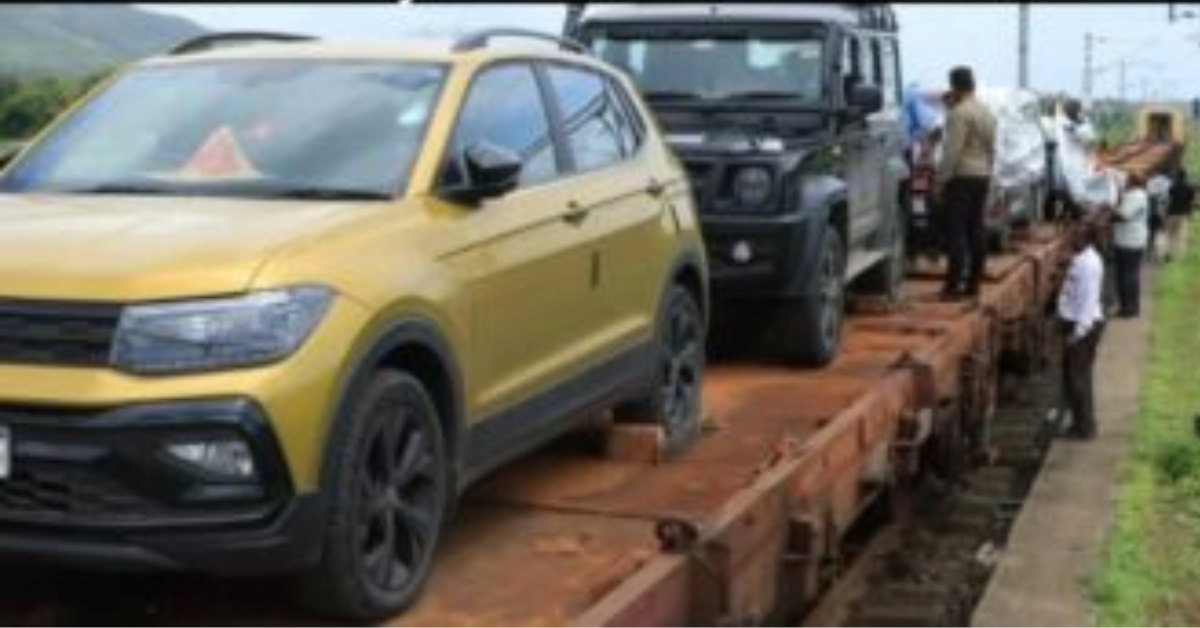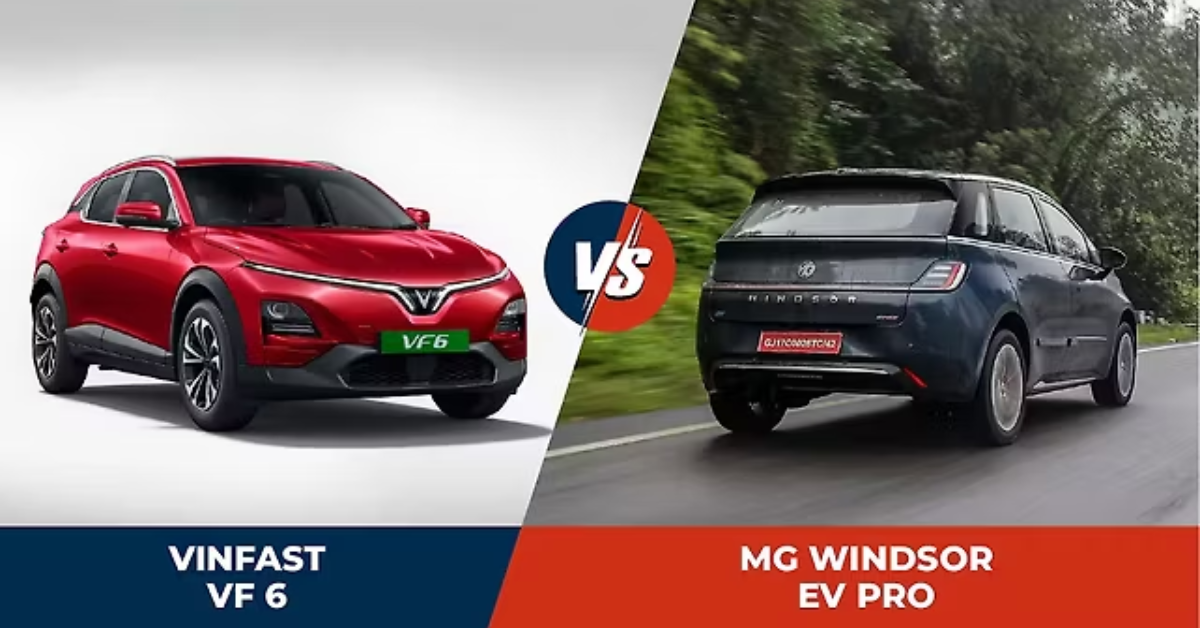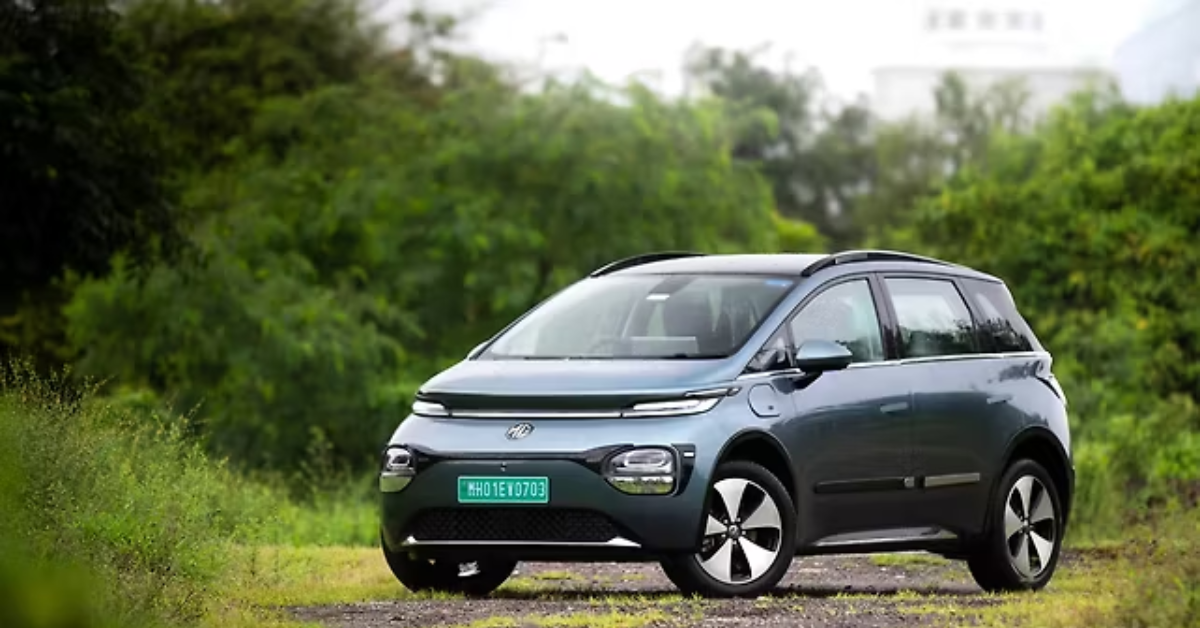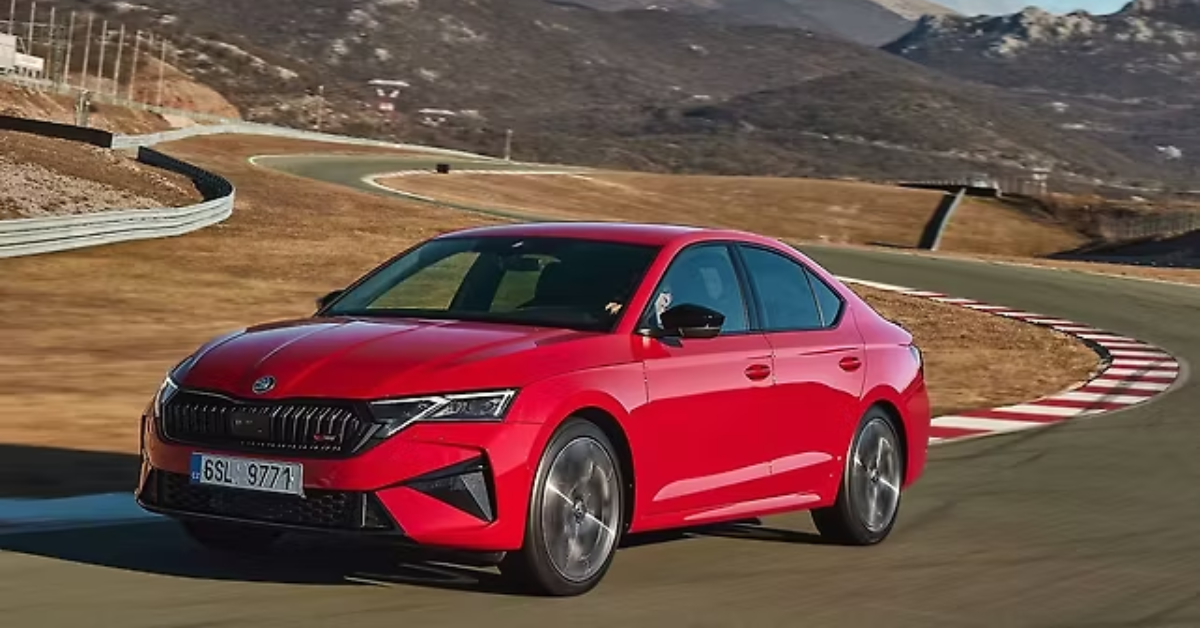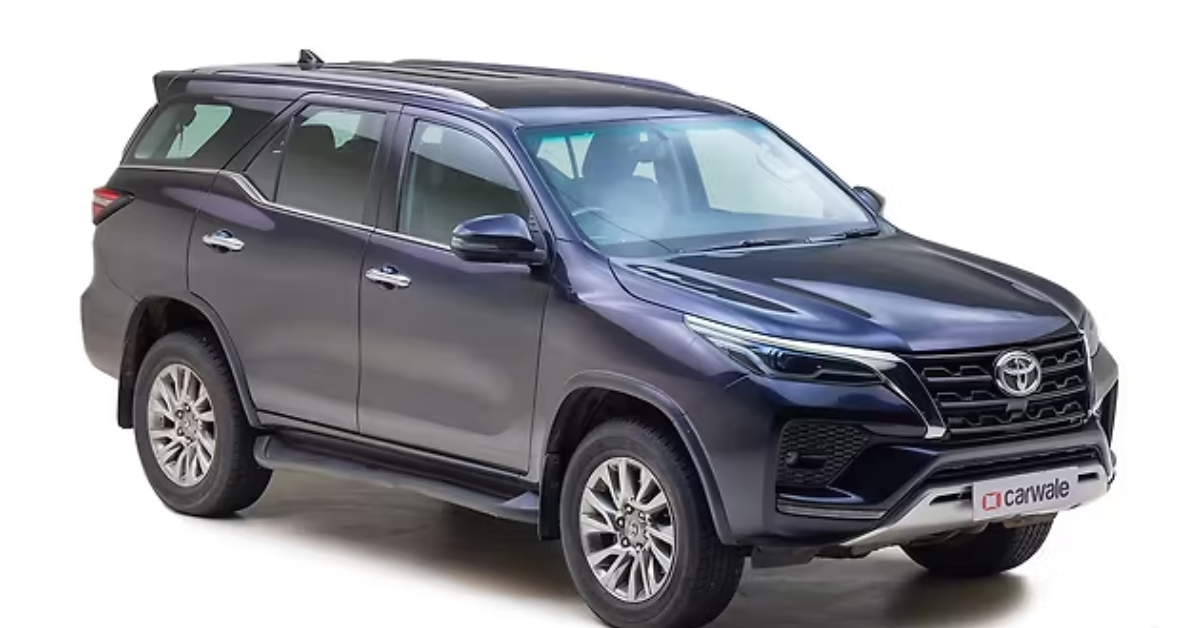India’s transportation sector is on the verge of a major transformation, thanks to the introduction of the first-ever Roll-On Roll-Off (Ro-Ro) Car-on-Train service by Konkan Railway. This innovative initiative allows travelers to load their cars directly onto a train and travel seamlessly across long distances without the stress of driving. With this, India joins a select group of countries that have adopted such advanced mobility solutions.
The Ro-Ro Car-on-Train service is not just about convenience—it represents a significant step toward reducing traffic congestion, cutting down fuel consumption, and promoting eco-friendly travel. Let’s dive into the details of how this service works, its advantages, and what it means for India’s future mobility landscape.
What is the Ro-Ro Car-on-Train Service?
The Ro-Ro (Roll-On Roll-Off) concept is simple yet revolutionary. It allows vehicles—cars, bikes, or even small commercial vehicles—to be driven directly onto specially designed flatbed wagons of a train. Once loaded, the train transports them across routes while the passengers travel comfortably in the passenger coaches.
Upon reaching the destination, vehicles are rolled off the train, allowing passengers to continue their journey without fatigue or additional arrangements. This concept is widely popular in countries like Switzerland, Germany, and Japan. Now, India is bringing this system to its railways, starting with the Konkan region.
Why Konkan Railway Chose to Launch It
The Konkan Railway route, stretching along the scenic west coast of India, is famous for its winding roads, heavy traffic, and monsoon-related challenges. Driving long distances here often becomes exhausting and risky.
By launching the Ro-Ro service here, Konkan Railway addresses:
- Driver Fatigue: Long hours of continuous driving on tough roads can be stressful.
- Traffic Reduction: Diverting cars onto trains can ease congestion on highways.
- Safety: Fewer cars on hilly and accident-prone routes mean safer journeys.
- Eco-Friendliness: One train carrying dozens of cars reduces fuel use and emissions.
How the Service Works
- Booking: Car owners can book slots for their vehicles in advance.
- Check-in: On the day of travel, the car is driven onto the Ro-Ro flatbed coach.
- Travel: The owner and passengers travel on the same train in separate comfortable coaches.
- Arrival: On reaching the destination, the car is rolled off, ready for use.
This ensures a door-to-door travel experience—a combination of rail comfort and personal mobility.
Benefits of Ro-Ro Car-on-Train Service
1. Convenience for Passengers
No more long, tiring drives across hilly terrains. Passengers can relax in train coaches while their cars travel with them.
2. Cost-Effective Travel
Driving long distances involves fuel, tolls, and wear-and-tear costs. With Ro-Ro, these expenses are minimized, making it an economical option for families.
3. Time-Saving
Since trains bypass traffic jams, delays, and bad weather conditions, travel time becomes more predictable and reliable.
4. Eco-Friendly Mobility
With fewer vehicles on highways, fuel consumption decreases, leading to reduced carbon emissions. This aligns with India’s sustainable transport goals.
5. Boost for Tourism
The Konkan coast is a popular tourist destination. Visitors can now bring their vehicles easily, enjoy train journeys, and still explore the region in their own cars.
Initial Routes and Expansion Plans
The service begins on Konkan Railway’s Mumbai–Goa route, one of the busiest corridors during festive seasons and holidays. Plans are already in motion to expand this service to other regions where long, difficult drives discourage travelers, such as:
- Mumbai to Mangalore
- Goa to Kerala
- Delhi to Himachal Pradesh (for hill station access)
If successful, India could see a nationwide network of Ro-Ro services.
Impact on India’s Transport Ecosystem
- Reduced Highway Congestion: With fewer cars on highways, smoother road traffic flow is expected.
- Boost to Indian Railways: This adds a new revenue stream and makes trains more appealing to modern travelers.
- Support for Electric Vehicle Owners: EV drivers often struggle with charging infrastructure on highways. With Ro-Ro, they can travel long distances without worrying about charging stops.
- Encouraging Multimodal Transport: A balance of rail and road travel makes journeys more efficient.
Challenges Ahead
While the Ro-Ro service is promising, there are challenges to address:
- Infrastructure Costs: Building flatbed wagons and loading facilities requires heavy investment.
- Awareness: Many car owners may not be aware of this service initially.
- Pricing Models: Ensuring affordable tariffs is key to attracting large-scale adoption.
- Capacity Management: Demand may surge during peak holiday seasons, requiring better scheduling.
Future Possibilities
Looking ahead, the Ro-Ro Car-on-Train service could expand into:
- Luxury Travel Packages: Combining rail journeys with tourist experiences.
- Pan-India EV Mobility Corridors: Supporting India’s EV adoption with seamless travel.
- Smart Booking Systems: Integration with apps for easy reservations, payments, and tracking.
Conclusion
India’s first Ro-Ro Car-on-Train service by Konkan Railway is more than just a new travel option—it’s a milestone in the evolution of modern transportation. By blending the comfort of train journeys with the flexibility of personal vehicles, this initiative addresses traffic woes, environmental concerns, and passenger convenience all at once.
If implemented effectively and expanded across the country, Ro-Ro could become the future of long-distance travel in India, redefining how we think about mobility. For now, the Konkan Railway has set the stage for a transportation revolution that promises to benefit millions of travelers.
